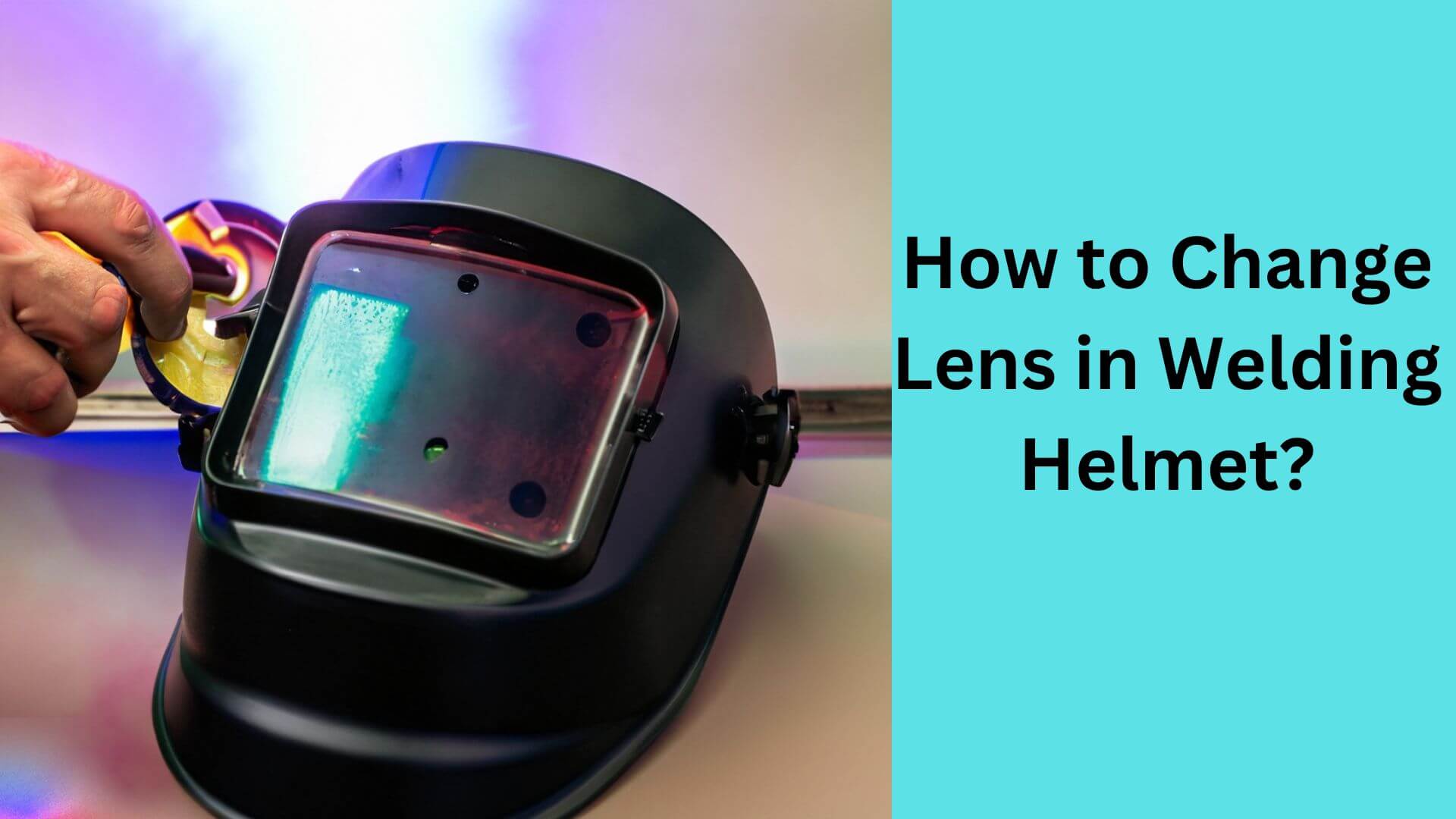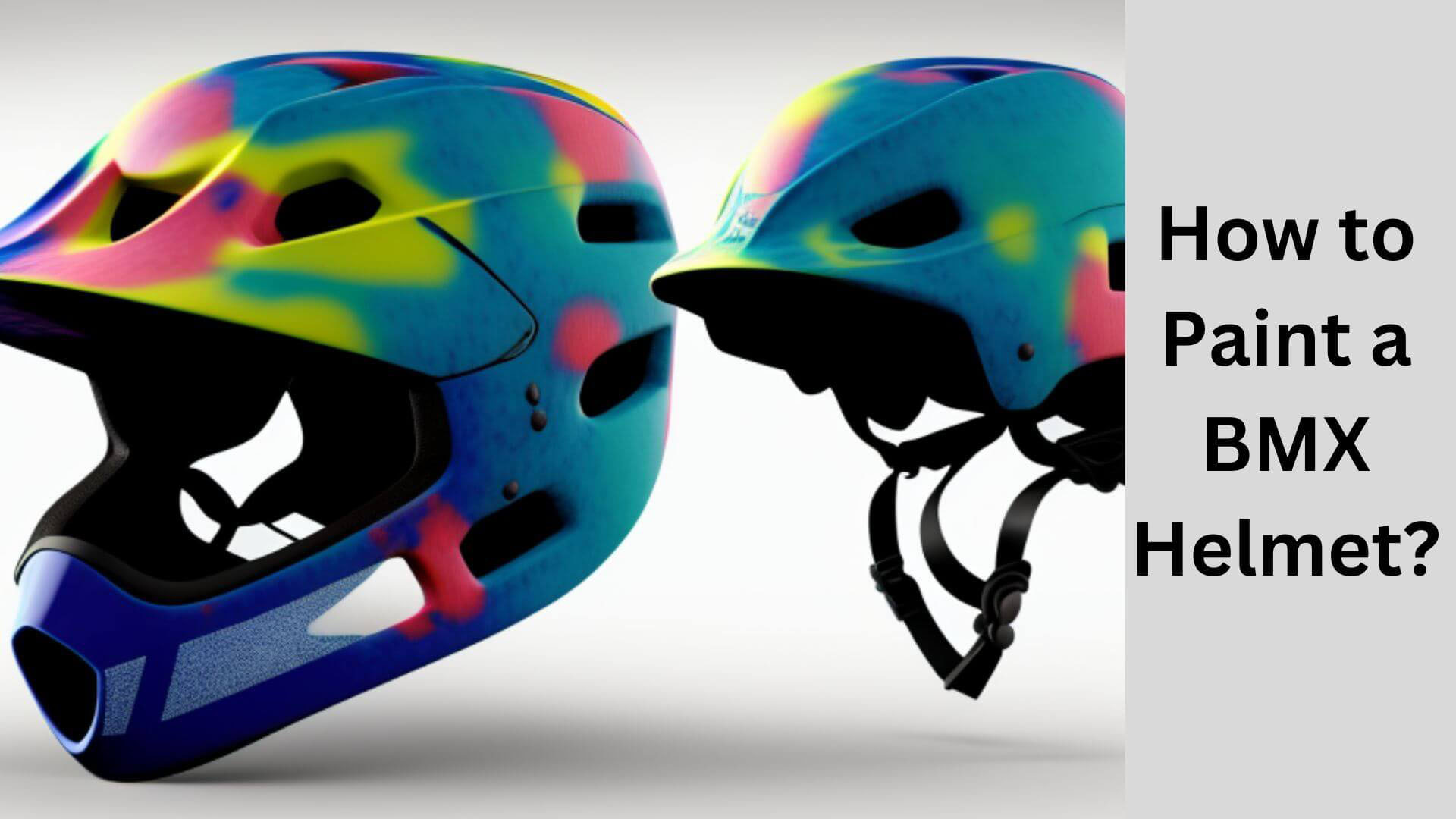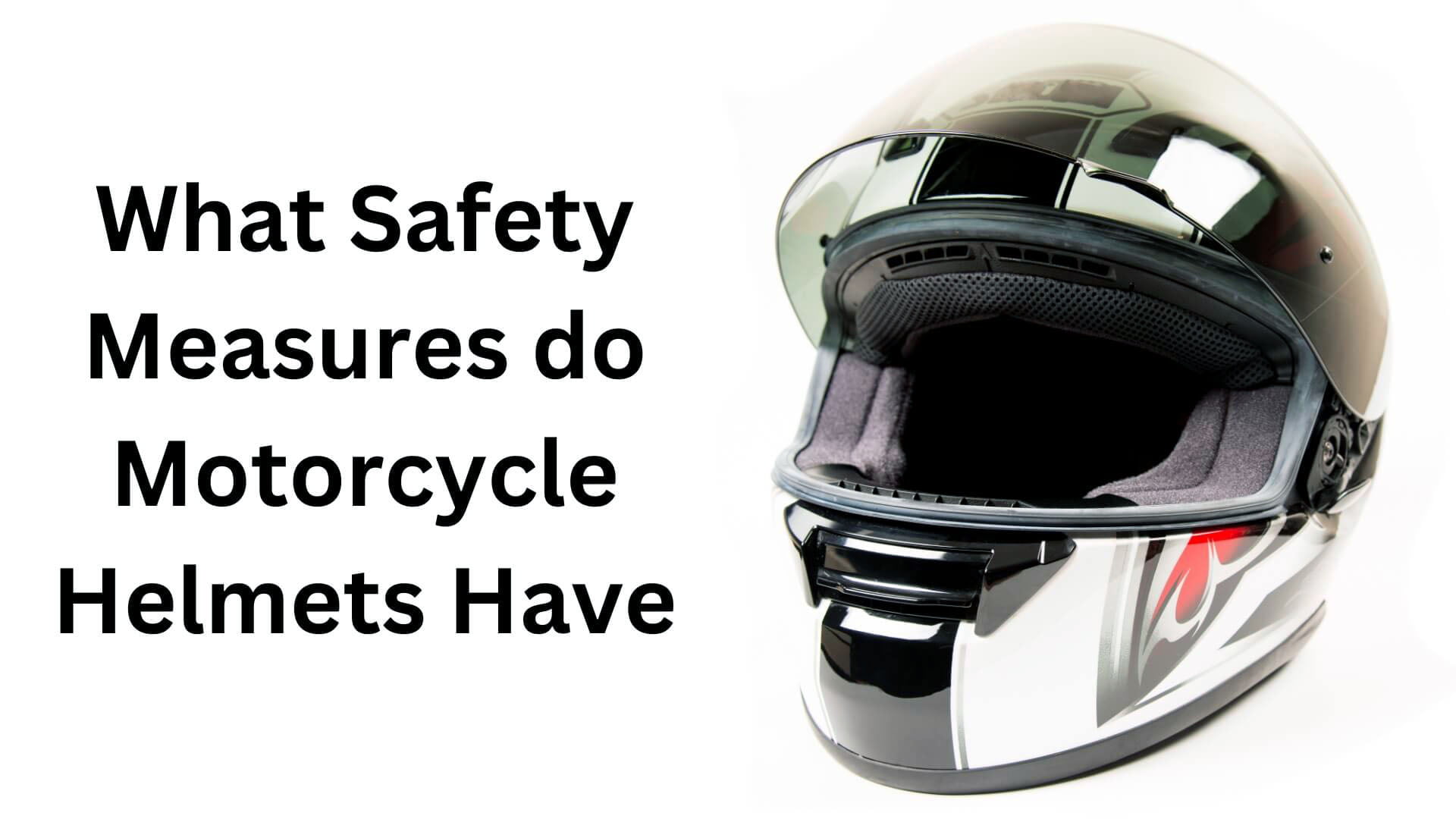How to Lighten a Welding Helmet? Lightening Your Helmet
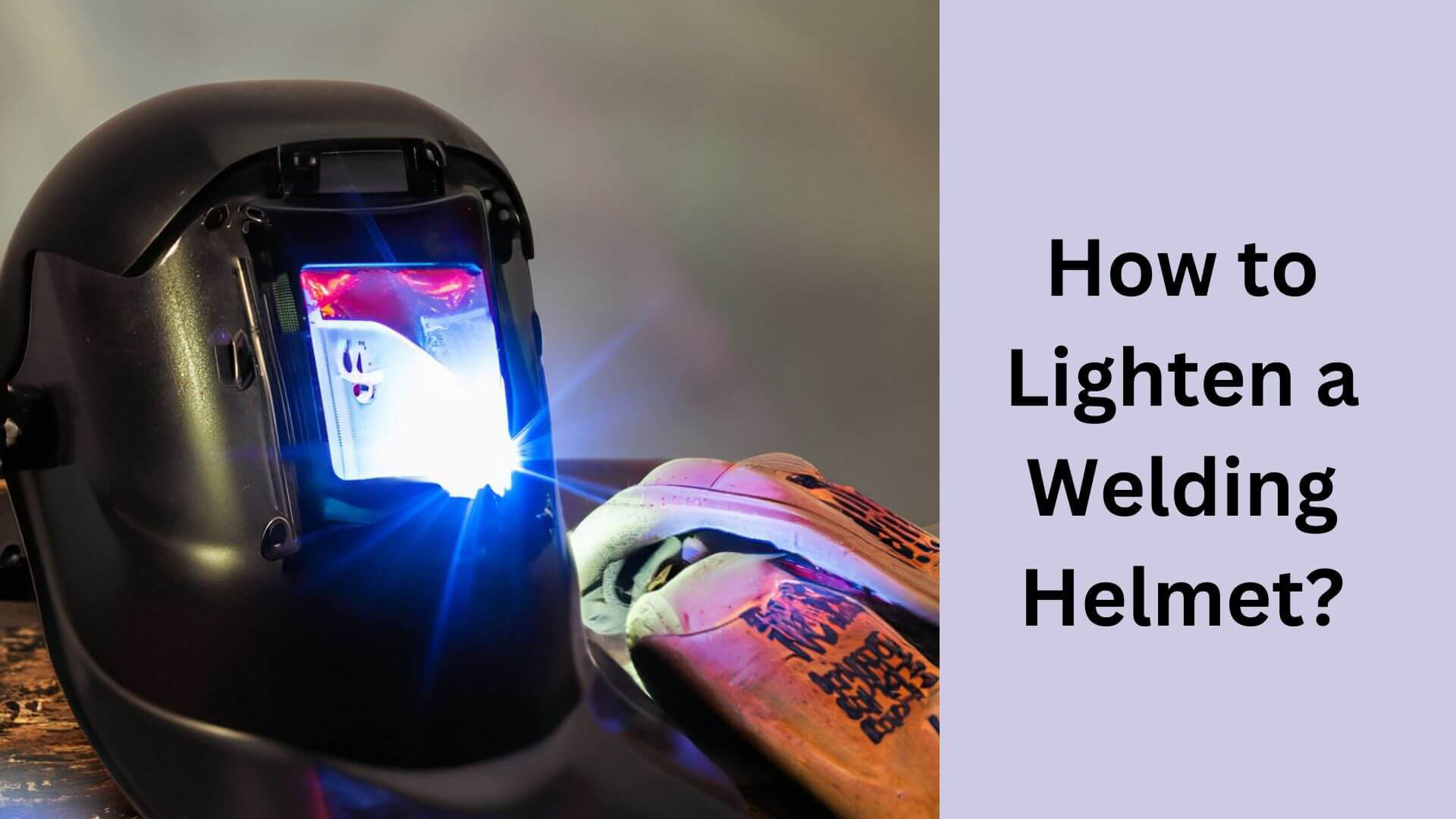
To lighten a welding helmet, remove the front lens cover and replace it with a transparent cover or adjust the auto-darkening setting. Welding helmets can become heavy and uncomfortable, so many welders seek ways to lighten them.
By following these steps, you can ensure that your welding helmet is light and comfortable. Welding is essential in many industries and trades, from automotive repair to construction. Welders require protection from the intense light and heat welding produces, so they use protective helmets.
However, wearing a helmet for extended periods can be tiring. Heavy helmets can cause discomfort and strain on the neck and head.
Therefore, as a welder, you may need to find ways to lighten your welding helmet to make it more comfortable. This article will discuss some effective ways to lighten a welding helmet.
What is Lighten a Welding Helmet?
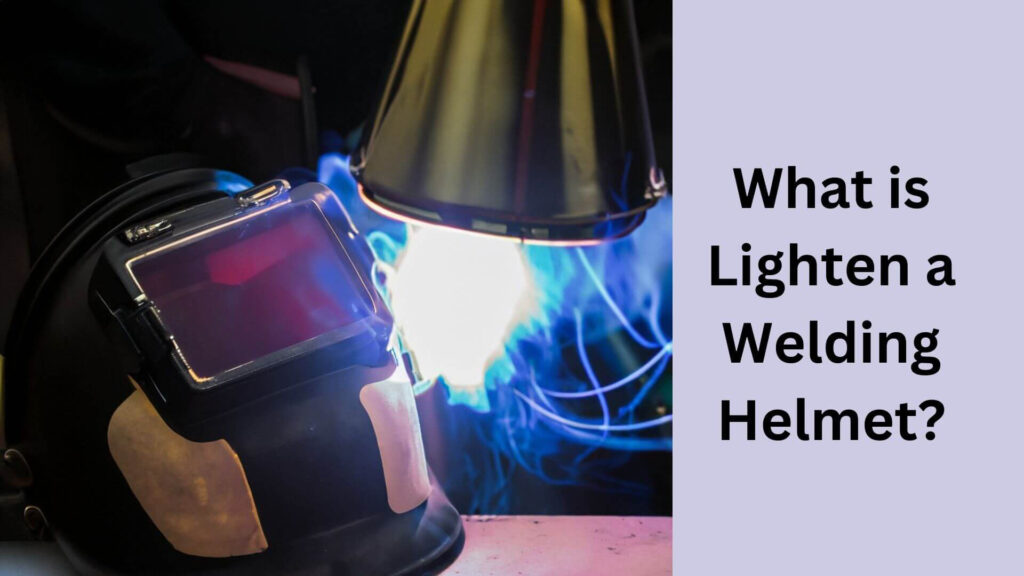
Lightening a welding helmet means reducing its weight to make it more comfortable for the welder to wear for extended periods. There are several ways to lighten a welding helmet, including using lighter materials such as carbon fiber or plastic.
Another approach is to remove unnecessary components or replace heavy parts with lighter ones. However, ensuring that the helmet meets safety standards and adequately protects the welder’s eyes and face is essential.
Welders can also use accessories such as headgear to distribute the helmet’s weight more evenly across the head, reducing strain on the neck and shoulders.
Lightening a welding helmet can improve the welder’s comfort and reduce fatigue, increasing productivity and better quality work.
Following proper instructions and guidelines is crucial when modifying or customizing welding equipment to ensure safety and effectiveness.
Understanding The Need For A Lighter Welding Helmet
Welders wear helmets to protect themselves from sparks, intense heat, and UV light. These helmets serve as a face, eyes, and neck shield. But have you ever worn a heavy welding helmet for a long time?
Have you ever noticed how poor visibility can be? In this blog post, we’ll discuss the importance of having a lighter welding helmet using the subheadings: consequences of heavy welding helmets, benefits of lighter helmets.
1. Consequences Of Heavy Welding Helmets
Wearing a heavy welding helmet can have numerous consequences. Here are a few of them:
- Neck and shoulder pain: A substantial helmet could strain your neck and shoulder, making you very uncomfortable and leading to chronic pain.
- Restricted movements: Wearing a bulky helmet may restrict your movement, which is not helpful when you need optimum flexibility in welding projects.
- Soreness under the helmet: Wearing a heavy helmet for extended periods could cause soreness, leading to redness and irritation on the forehead or face.
- Fatigue and exhaustion: A heavy mask can make you feel fatigued, requiring regular breaks rather than you completing your welding project efficiently.
2. Benefits Of Lighter Helmets
A lighter welding helmet has numerous advantages:
- Better visibility: With a lighter helmet, you’ll have a clearer line of sight, enabling you to see your work precisely and complete your project efficiently.
- Comfortable and less restrictive: A lighter helmet provides more comfort and freedom to move around without any restrictions.
- Reduced neck and shoulder pain: You’ll feel comfortable with a lighter helmet and be able to work for longer hours
- Easy to carry and store: A lighter helmet is easier to carry and store when not in use because it is more portable and less cumbersome.
A lighter welding helmet is a better and more comfortable option. It protects your face, eyes, and neck, providing better visibility and mobility. It is essential to realize the significance of having a lighter helmet if you are into welding.
Choose your welding helmet wisely to ensure it’s of the right size and weight and fulfills all your needs.
Read More: How to Add Lights to a Welding Helmet?
Evaluating Your Welding Helmet
When it comes to welding, protecting your eyes and face should be your top priority, and that’s where a welding helmet comes in. A good welding helmet protects you from the bright light of the arc and the hot metal particles and UV rays that can cause serious injury.
Here’s what you need to consider when evaluating your welding helmet:
1. Examining The Weight
The weight of your welding helmet plays a crucial part in your comfort and overall welding experience. Here are a few things you should keep in mind while evaluating the weight of your helmet:
- The ideal helmet weight should be around 2 pounds. Anything more than that can cause neck fatigue and affect your welding stability.
- A lightweight helmet can be slightly less durable than a heavier one, but lightweight helmets are a great choice if you’re looking for comfort and prolonged use.
- Try on different welding helmets before purchasing to find one that suits your head shape and fits comfortably.
2. Checking The Lens Shade
The lens shade of your welding helmet determines your level of protection from the arc’s bright light. Here are some key things to consider while checking your lens shade:
- The most appropriate lens shade for welding will depend on the arc’s amperage.
- A shade level of 10 or 11 is suitable for light welding jobs, while shade levels of 12 to 14 are best suited for heavy-duty welding.
- Welding helmets with adjustable shade options are ideal as they allow for flexibility while working with different welding processes or materials.
- Make sure the lens covers the entire surface of the helmet to protect you from harmful radiation.
Evaluating your welding helmet regularly is essential to ensure it’s in good working condition. These simple checks could prevent serious injury while welding and make the process more comfortable.
3 Simple Tips For Lightening Your Welding Helmet
Welding helmets are an essential component of welding gear that provides protection to your eyes and face.
However, helmets that are too heavy can lead to fatigue and neck pain, which can affect your performance.
Fortunately, there are ways to lighten your welding helmet to make it more comfortable without compromising safety.
Here are some simple tips to help you lighten your welding helmet:
1. Using Lightweight Materials
Using lightweight materials in the construction of welding helmets can make a significant difference in the helmet’s weight. Some manufacturers use high-impact-resistant thermoplastic materials significantly lighter than traditional materials like fiberglass. Here are some lightweight materials that you might consider when selecting your welding helmet:
- Polycarbonate
- Abs plastic
- Nylon
- Thermoplastic polyurethane (tp)
2. Switching To Solar-Powered Helmets
Solar-powered welding helmets have become increasingly popular because they are lighter and more comfortable than traditional helmets.
These helmets are powered by a small solar panel that charges its batteries, making them an eco-friendly alternative to battery-powered helmets.
Here are some reasons to consider switching to a solar-powered helmet:
- They are lighter in weight.
- They don’t require replacement batteries.
- They are eco-friendly.
- They come equipped with auto-darkening lenses.
3. Choosing The Right Lens Shade
The lens shade is an essential factor when lighting your welding helmet. The lens shade determines the level of tint that the helmet provides, which can affect the weight of the helmet. A darker shade will make the welding helmet heavier, requiring a thicker lens.
Here are some factors to consider when selecting the lens shade:
- Welding method and amperage.
- Welding environment.
- Eye sensitivity.
- Desired comfort level.
Lightening a welding helmet is possible by using lightweight materials, switching to solar-powered helmets, and choosing the right lens shade.
By following these simple tips, you can reduce the weight of your helmet, making it more comfortable to wear for extended periods.
Remember that welding safety should always be your top priority, and compromising your safety by using an inadequate helmet can result in severe injuries.
Read More: How to Change Batteries in a Welding Helmet?
Advanced Techniques For Lightening Your Welding Helmet
Welding helmets are necessary for protecting your face, head, and eyes while welding. However, some welding helmets can be quite heavy, making them uncomfortable to wear and causing an undesirable strain on the neck.
Fortunately, there are many ways to lighten your welding helmet to make it more comfortable to wear for extended periods.
I’ll explore advanced techniques for lightening your welding helmet, including removing unnecessary parts and customizing the suspension system.
1. Removing Unnecessary Parts
One of the simplest ways to lighten your welding helmet is to remove any unnecessary parts that add weight. Here are some parts that can usually be removed without affecting the helmet’s functionality:
- External grind buttons
- Headgear clips
- Flip-up lens covers
By removing these parts, you can significantly reduce the weight of your helmet without compromising its protective elements. Removing external grind buttons and flip-up lens covers can improve welding visibility.
2. Customizing The Suspension System
Customizing the suspension system is another effective way to lighten your welding helmet. A sound suspension system can distribute the helmet’s weight evenly across your head, making it less cumbersome. Here are some effective ways to customize your helmet’s suspension system:
- Replace the headband with a lighter one made of foam or cloth.
- Add padding to the inside of the helmet to reduce pressure points.
- Adjust the suspension system to ensure a comfortable fit.
By customizing the suspension system, you can reduce the pressure on your neck and head, making it more comfortable to wear your welding helmet for extended periods.
You can use many advanced techniques to lighten your welding helmet to make it more comfortable. Removing unnecessary parts and customizing the suspension system are two effective ways to reduce the weight of your helmet and improve your comfort level while welding.
With these tips, you can enjoy longer welding sessions with less fatigue and more productivity.
How to Maintaining Your Lightweight Welding Helmet?
Lightweight welding helmets are an essential part of a welder’s gear. They provide adequate protection while allowing for comfortable wear during long welding jobs.
Over time, these helmets may become heavier due to dirt, grime, and improper storage. Keeping your welding helmet lightweight requires regular maintenance.
Here I will discuss the importance of proper maintenance and provide tips on cleaning and storing your helmet to keep it in top-notch condition.
1. Importance Of Proper Maintenance
Maintaining your lightweight welding helmet is crucial to keep it functioning correctly and smoothly throughout its lifespan.
Ignoring its upkeep may lead to damage and defects that could be costly. Here are some reasons why proper maintenance is vital:
- Regular maintenance ensures that your welding helmet meets safety requirements and regulations.
- It extends the helmet’s lifespan and saves you money in the long run by avoiding repairs and replacement costs.
- Proper upkeep ensures the helmet functions correctly, providing adequate protection without adding extra bulk.
- Regularly cleaned and well-maintained welding helmets have a longer lifespan.
2. Cleaning And Storing Your Helmet
Cleaning and storing your welding helmet correctly will go a long way in keeping it lightweight. Here are a few tips to keep in mind:
- Use a microfiber cloth to wipe down the helmet after every use. This will help remove dirt and debris that can cause the helmet to become heavier.
- Clean the lens regularly using a lens cleaner to prevent scratching and ensure clear visibility during welding.
- If the helmet’s interior becomes sweaty or damp, wipe it down with a soft cloth to prevent bacterial growth and odors.
- Store your helmet in a protective bag or case to prevent dust and debris from accumulating. This will also protect the lens from scratching.
- Ensure the helmet is stored in a dry and cool place, away from direct sunlight or heat.
Following these simple tips, you can keep your lightweight welding helmet in top-notch condition while ensuring it remains comfortable and easy to wear during long welding jobs.
Proper maintenance will help you save money, prevent injuries, and ensure your safety while welding.
Frequently Asked Questions For How To Lighten A Welding Helmet
How Can I Lighten My Welding Helmet?
To lighten your welding helmet, adjust the shade level, use a helmet with an auto-darkening lens, and clean the lens regularly.
How Do I Adjust The Shade Level On My Welding Helmet?
Look for the shade adjustment knob on your helmet’s exterior and rotate it to lower the shade level, allowing more light to filter through the lens.
What Is An Auto-Darkening Lens?
An auto-darkening lens darkens automatically when exposed to UV light, making it easier to see your workpiece and reducing eye strain.
How Often Should I Clean My Welding Helmet Lens?
Clean your welding helmet lens before and after each use to prevent the buildup of debris or substances that can interfere with the lens’s effectiveness.
What Are The Benefits Of A Lighter Welding Helmet?
A lighter welding helmet can reduce fatigue and improve comfort during long welding sessions while providing essential eye protection.
Final Verdict
With these tips, you can lighten your welding helmet and make welding a more comfortable and enjoyable experience.
Always check the manufacturer’s instructions before attempting any modifications, and consider investing in a professional lightning kit if you’re unsure about the process. Remember to prioritize safety and take the necessary precautions to prevent accidents.
Following these simple steps, you can easily customize your welding gear to meet your needs and preferences.
Whether you’re a diy enthusiast or a seasoned professional, modifying your welding helmet can significantly improve your work quality and overall experience. So go ahead and try it, and enjoy a well-lit workspace the next time you’re welding!

Hey, I’m Hrithik Hossain. I am the head of helmethacks.com, which specializes in safety helmets. I am looking to connect with anyone interested in purchasing a helmet or who has any questions about different types of helmets. I have over 8 years of experience as a helmet expert, and I can’t wait to help you find the perfect helmet for you. I can help you with any questions regarding helmets, from the best brands to fitting, style, and more! I really enjoy keeping people safe by ensuring they have the best protection possible.

